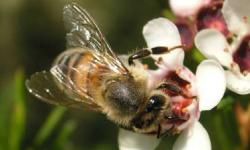Before there were department store counters and drugstores, there were homemade cosmetics that often had some pretty funky ingredients.
Even today, you might be surprised to learn what's in the items you throw into your makeup kit. But be forewarned -- what we do for beauty can get pretty ugly . . . and dangerous.
Advertisement
